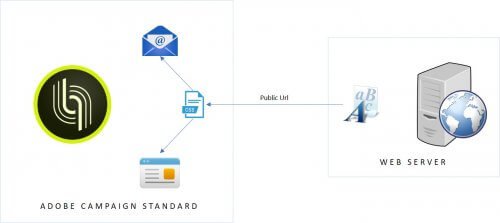The software development lifecycle (SDLC) relies heavily on structured planning, design, development, and implementation—each phase involving a thorough review process and multiple approval cycles. These reviews are not just routine checkpoints; they serve as critical quality assurance tools to identify issues early, reduce overall costs, and foster better team collaboration. Emphasizing code and document reviews throughout the lifecycle significantly enhances the reliability and maintainability of the final product.
Review Process: From Start to Finish
The review cycle begins early, starting with the Requirements Document, which is assessed by the entire team. Once all feedback is incorporated, the document is finalized (or “frozen”).
Next, the Technical Design Document and Test Plan go through a similar round of reviews. Finally, developers create code and test cases, which are reviewed first internally and then by peers.
Why Are Software Reviews Important?
✅ 1. Enhancing Software Quality
The primary goal of every review is to boost quality. Identifying bugs and design issues early in the process ensures minimal impact in later stages, both in terms of severity and cost.
Example:
If a gap in requirements is overlooked and not caught during the requirement review phase, it may only surface during User Acceptance Testing (UAT)—when changes are far costlier and risk stakeholder dissatisfaction. Had it been addressed earlier, the gap could have been resolved with collaborative input, boosting confidence and saving time.
Bottom Line: Effective reviews are quality gatekeepers and reduce development costs significantly.
✅ 2. Fostering Better Solutions Through Knowledge Sharing
Remember: there’s no absolute “best” solution—only better alternatives. A technique that works well in one context might be improved when applied elsewhere.
Reviews are a platform for sharing perspectives, enabling teams to evolve and adapt with changing technologies. Constructive feedback leads to stronger designs and smarter decisions—making reviews a positive learning experience, not a critique.
Review Guidelines for Maximum Impact
For Reviewers:
Ask thoughtful questions instead of making blunt statements.
Avoid accusatory “why” questions.
Don’t forget to offer praise for good work.
Refer to coding standards during discussions.
Stay focused on code, not the coder.
Acknowledge that multiple valid solutions may exist.
For Developers:
Detach emotionally—code is not personal.
Maintain a personal checklist of common review feedback points.
Follow and help enforce coding standards.
Stay open to different implementation approaches.
Create a Positive, Educational Review Culture
The software review process should be educational, transparent, and team-centric. Sharing lessons across the team ensures fewer repeated mistakes and continuous improvement.
The goal isn’t to criticize—it’s to elevate product quality and foster a win-win outcome for both the client and development team.
View Review Checklist


